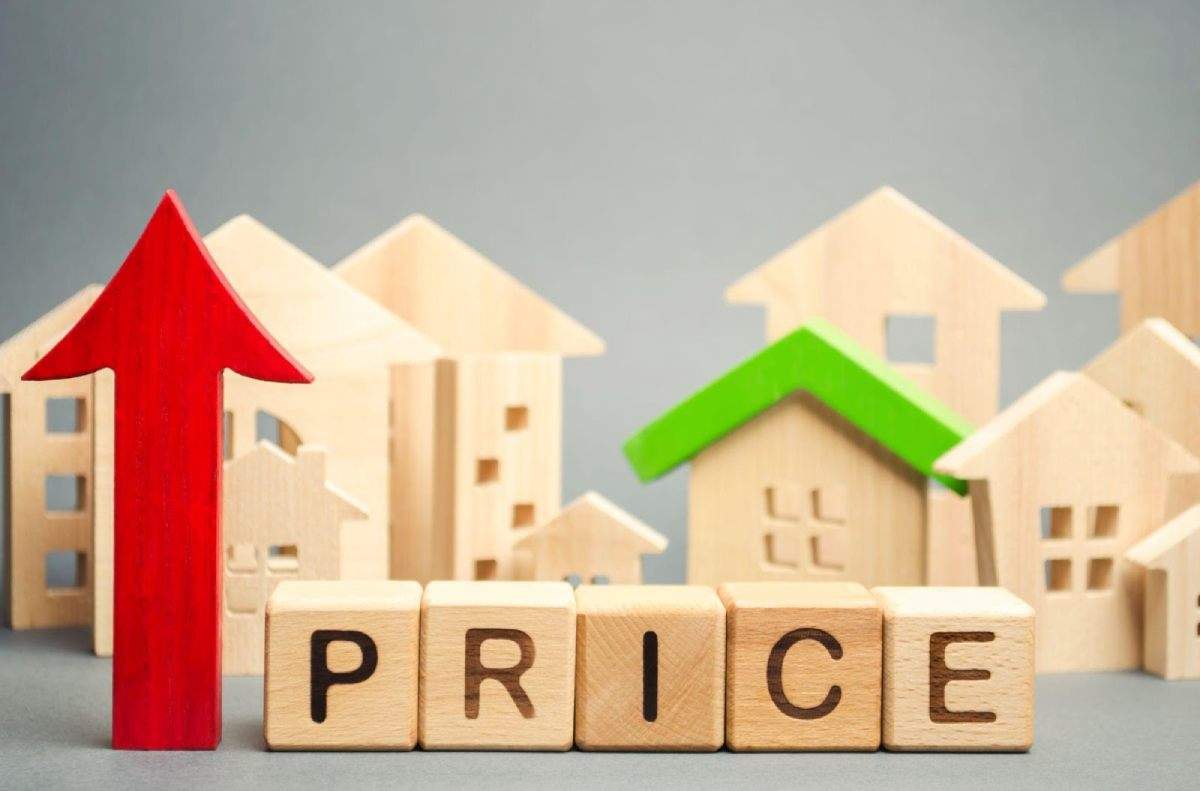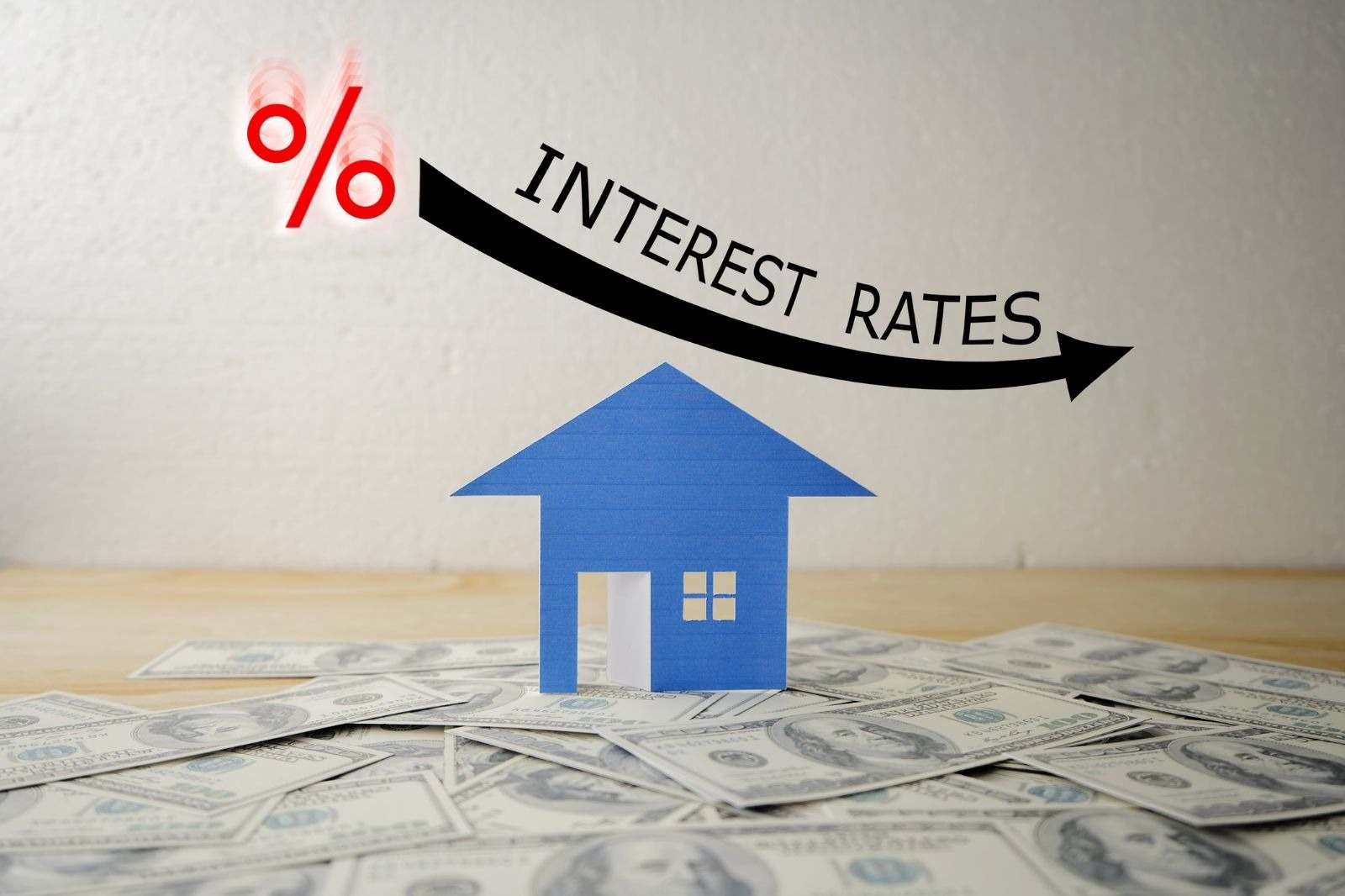In 2025, tariffs on building materials have become a significant factor in determining the profitability of residential real estate. Government data from the U.S. Bureau of Labor Statistics Producer Price Index (PPI) for Inputs to Residential Construction Goods (Series WPUIP2311001) shows that material costs were over 3% higher year-over-year by mid-2025.
Lenders are tightening underwriting standards, and municipalities are revising permitting processes in response. For Texas investors, these changes alter project budgets, financing strategies, and construction timelines—the three levers that determine whether margins are preserved or reduced.
For investors, the challenge is not only higher costs but also greater uncertainty. Every stage of a project, from bidding materials to locking financing and securing permits, carries added risk. Success in 2025 will depend less on finding low-cost deals and more on managing volatility with discipline. Elysium Real Estate Investments LLC provides investors with the analysis, strategies, and market insight needed to adapt to these conditions and protect returns.
What’s Actually Changing?
Higher Material Costs

The tariffs’ effect on building materials prices in 2025 is most evident in categories such as lumber, steel, roofing assemblies, and HVAC systems. These increases are directly reflected in project budgets, forcing investors to commit more capital to complete the same scope of work. Beyond pricing, supply disruptions linked to tariff-sensitive imports often extend delivery times.
Residential projects face sharper exposure than many commercial builds. Single-family and low-rise multifamily housing rely heavily on lumber, roofing shingles, and standardized HVAC systems. These categories are less flexible when it comes to substituting domestic materials or negotiating bulk discounts, which makes tariff impacts more pronounced. For investors, higher costs and longer timelines mean margins tighten unless adjustments are built into underwriting from the start.
Some investors are also monitoring how Trump’s tariffs on building materials continue to shape import costs, especially for steel and finished goods, adding another layer of uncertainty for 2025 projects.
Loan Changes
Financing conditions are shifting in response to higher construction budgets. Lenders are requiring more equity upfront, lowering loan-to-cost (LTC) ratios, and applying stricter debt service coverage ratio (DSCR) standards. Interest costs remain elevated compared to pre-tariff years.
According to the Federal Reserve’s July 2025 Senior Loan Officer Opinion Survey (SLOOS), standards for construction and land development loans remained near the tighter end of their historical range, reflecting continued caution in credit markets. For investors, this translates into lower leverage availability, stricter DSCR requirements, and slower approvals for construction loans, making conservative modeling and early lender engagement essential.
New Construction Rules

Local governments in Texas are adjusting to tariff pressures in different ways. Houston expanded its one-stop plan review process in 2025 to reduce permitting delays for residential and mixed-use projects. Austin continues to operate on an expedited track, but approval cycles remain longer than in most other Texas metropolitan areas.
At the national level, the U.S. Census Bureau and HUD reported that in July 2025, building permits were issued at a seasonally adjusted annual rate of 1.35 million, a modest decline from mid-2024 levels. For investors, this uneven permitting environment means that feasibility now depends as much on city approval timelines as it does on construction costs.
Before vs. After Tariffs
The following modeled scenario illustrates how tariffs on building materials for residential real estate returns can shift for a typical $400,000 Texas home build.
| Metric | Before Tariffs (2023) | After Tariffs (2025) |
|---|---|---|
| Material Costs | $200,000 |
$230,000–$240,000 |
| Loan Terms | 6.0% interest, 80% LTC | 7.5% interest, 65% LTC |
| Build Time | 8 months |
10–11 months |
| Target Profit | $40,000 (10%) |
$22,000–$28,000 (5.5–7%) |
Key takeaway: While outcomes vary by project, this modeled scenario illustrates how higher material costs, tighter loan terms, and longer build times collectively compress margins.
These modeled figures are supported by key industry data:
- The Producer Price Index for Inputs to Residential Construction Goods (Series WPUIP2311001) recorded a steady increase in construction input costs through mid-2025.
- Meanwhile, the Federal Reserve’s July 2025 Senior Loan Officer Opinion Survey (SLOOS) reports that banks continue to view standards for construction and land development loans as unusually tight within their historical range.
How Investors Should Adapt

The real estate tariffs’ effects seen in 2025 are not temporary adjustments, but structural changes that investors must plan around. Investors who adjust early can protect margins and position portfolios for growth. A disciplined approach involves three steps:
1. Identify Materials Affected by Tariffs
Review project specifications carefully to flag tariff-sensitive items such as lumber, steel, HVAC, roofing, and finishes. Build in contingencies for these categories and work with suppliers to secure pricing commitments that reduce exposure to sudden increases.
Action Points:
- Review construction documents and highlight tariff-sensitive line items.
- Require suppliers to provide pricing hold periods of at least 30–60 days.
- Add a minimum 10% contingency for materials most exposed to volatility.
- Where possible, identify alternative products that meet code but reduce import risk.
2. Adjust Loans to Match New Prices
Financing structures must reflect today’s environment. Lenders are requiring larger equity contributions and stricter coverage ratios. Projects should be modeled with more conservative leverage, and investors should explore products that lock in stability over longer time horizons.
Action Points:
- Model financing with higher interest costs than pre-tariff assumptions.
- Secure construction-to-perm loans, where available, to reduce refinancing risk.
- Build in interest reserves that cover 2–3 months of possible construction delays.
- Explore joint ventures or equity partners to maintain leverage within safe ranges.
3. Select Markets with Favorable Rules
Permitting speed is now a critical factor in returns. HUD data confirms that approval volumes vary widely across Texas metros. Target cities where streamlined approvals can cut months off delivery schedules, reducing carrying costs and protecting margins.
Action Points:
- Prioritize metropolitan areas with expedited review systems or streamlined approval processes.
- Engage planning departments early to confirm review and inspection timelines.
- In slower jurisdictions, focus on rehab or value-add projects that require fewer permits.
- Factor approval timelines directly into underwriting and acquisition pricing.
For a complete, data-driven framework on implementing these protective measures—including specific contract clauses, supplier diversification, and financial hedging techniques—read our in-depth guide on advanced project protection strategies.
Texas Market Impact in 2025

The Texas real estate tariffs effects are uneven, with each metro facing its own mix of cost pressures, permitting dynamics, and demand drivers. For investors, tailoring strategy to each market is essential.
Dallas
Dallas continues to attract population and job growth, particularly in its northern suburbs. Suburban rental demand remains resilient, but urban infill projects are more exposed to tariff-sensitive materials, such as steel and imported finishes.
Investor Strategy:
- Focus on suburban build-to-rent and workforce housing where absorption supports higher costs.
- For urban infill, underwrite conservatively and confirm rent comps can support elevated break-even points.
- Work with contractors who can pre-purchase or lock in key material pricing to ensure stability.
San Antonio
San Antonio offers more accessible entry points compared to other major Texas metros, with stable rental demand supported by employers in the military, education, and healthcare sectors. However, many smaller contractors remain vulnerable to material price fluctuations, which creates delivery risk.
Investor Strategy:
- Target value-add multifamily or light rehabs to limit exposure to tariff-sensitive materials.
- When building new, work with financially stable contractors who can secure supplier pricing.
- Take advantage of relatively faster permitting timelines to reduce holding costs.
Houston
Houston’s housing market is especially affected by tariffs on steel, which weigh heavily on townhome and mixed-use developments. Yet rental demand tied to the port and energy sector remains strong, and the city’s permitting processes are generally faster than Austin’s.
Investor Strategy:
- Avoid speculative new builds that rely heavily on steel inputs.
- Prioritize workforce housing and single-family rehabs with lower tariff exposure.
- Use Houston’s faster permitting process to accelerate project delivery.
Austin
Austin remains one of the state’s strongest appreciation markets, driven by its tech sector and steady influx of migration. Demand supports long-term rental growth, but permitting cycles remain lengthy, amplifying financing risk in a tariff environment.
Investor Strategy:
- Emphasize suburban build-to-rent projects where land is more affordable and approvals are faster.
- For central Austin projects, budget conservatively for extended review cycles.
- Consider value-add strategies in established neighborhoods where full entitlements are not required.
Corpus Christi
Corpus Christi offers unique opportunities tied to port activity and tourism. Coastal code requirements increase costs for roofing, windows, and structural systems, magnifying tariff impacts. However, the city’s permitting processes are often faster than Austin or Dallas.
Investor Strategy:
- Pursue coastal rental projects that balance long-term workforce demand with short-term tourism demand.
- Underwrite higher material costs tied to coastal code compliance.
- Leverage faster local approvals to offset higher construction expenses.
Statewide Outlook
The impact of tariffs on building materials does not erase Texas’s long-term strengths. According to the U.S. Census Bureau’s Population Estimates Program, Texas gained over 470,000 residents between July 2022 and July 2023, the largest numeric increase of any state, pushing its population well above 30 million by 2025.
At the same time, the Census Bureau and HUD report that more than 1.3 million housing permits were issued nationwide in July 2025, with Texas metros accounting for one of the largest shares.
This combination of strong population inflows and high housing activity reinforces Texas as one of the most resilient residential real estate markets in the country. For investors, it means that even as residential real estate profits tariffs continue to put pressure on margins, the state’s demographic momentum and construction pipeline provide a strong foundation for long-term opportunity.
Conclusion
Tariffs on building materials are reshaping residential real estate profits in 2025. Higher costs, tighter financing, and evolving construction rules all compress margins unless investors adjust. By identifying affected materials, recalibrating financing structures, and focusing on markets with supportive regulatory conditions, investors can continue to generate strong returns in a more complex environment.
For new investors, this environment offers a valuable education in disciplined underwriting and market selection. For accredited investors, it emphasizes the importance of scale and diversification. In both cases, careful adaptation allows portfolios to remain resilient. Tariffs may raise costs, but they also reward those who plan strategically and execute with precision.
Legal Disclaimer: The information in this article, “Tariffs and Your Portfolio: Navigating Real Estate’s Changing Economics,” is intended solely for educational purposes and should not be interpreted as financial, legal, or investment advice. Real estate investing involves inherent risks, including cost fluctuations, regulatory changes, supply chain delays, and broader economic uncertainties.
Elysium Real Estate Investments LLC does not guarantee specific outcomes or returns based on the strategies discussed. Investors are encouraged to conduct independent due diligence and consult with qualified financial, legal, and tax professionals before making investment decisions.
Neither Elysium Real Estate Investments LLC nor its affiliates accepts responsibility for financial losses, tax liabilities, or legal consequences arising from reliance on the information contained in this article. Past performance and market conditions do not guarantee future results.















